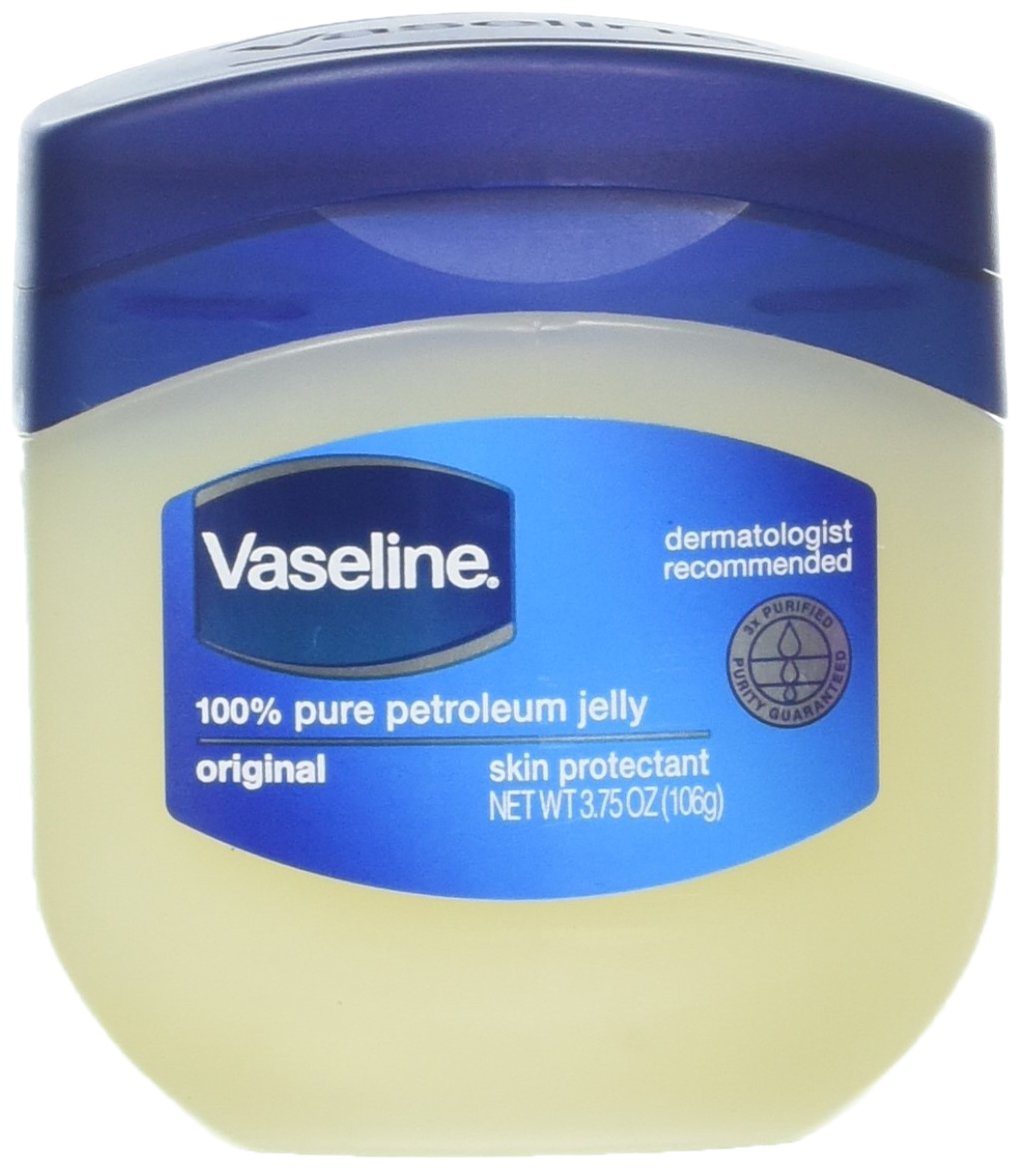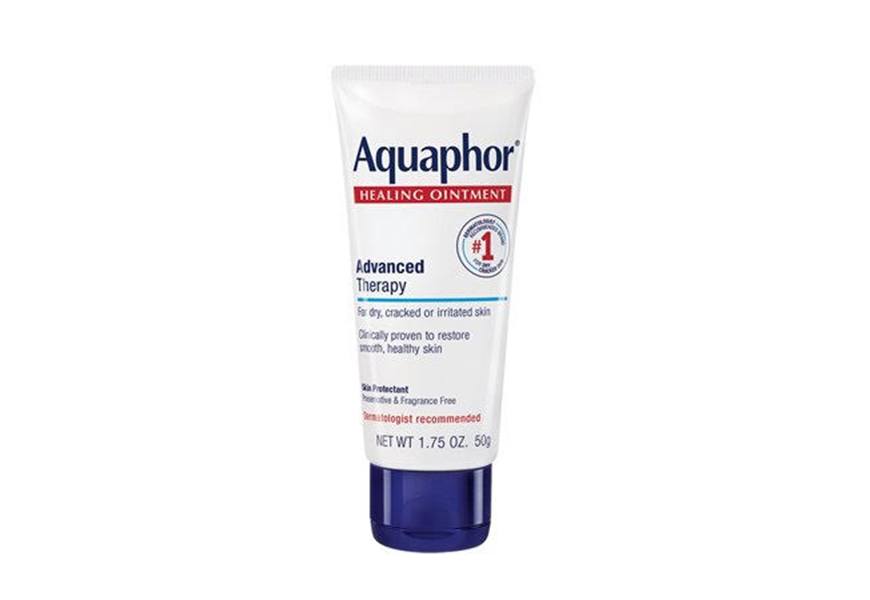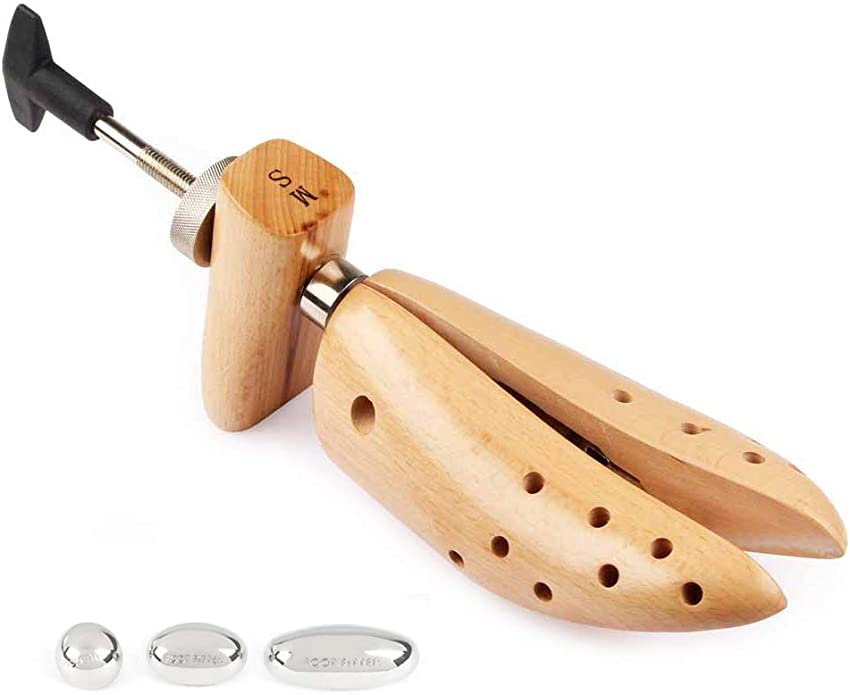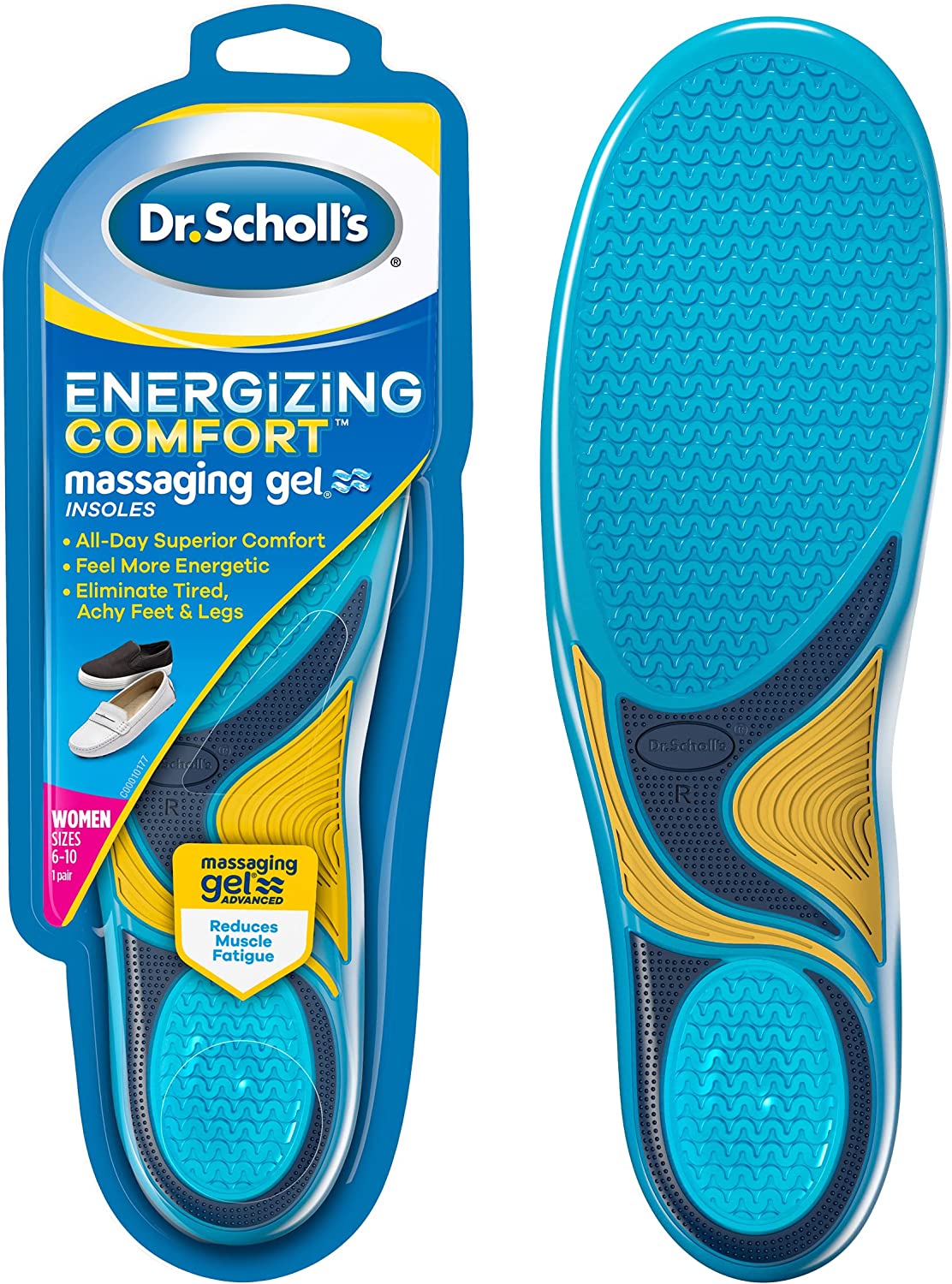‘I’m a Podiatrist, and These Are the 5 Things Everyone Should Do To Get Ready for Boots Season’
After months of letting our toes hang out, shoving our feet into boots without proper preparation can lead to blisters and discomfort, as well as more serious concerns like pinched nerves, bunions, and hammertoes. Plus, according to David L. Rossman, DPM, and co-founder of Park Avenue Podiatry Associates, many people experience “athlete’s foot, plantar warts, fungal toenails, and dry, cracking heels” after the summer months, which means that feet can be extra sensitive when it comes time for closed-toe shoe season.
If you’ve noticed that your feet have a hard time adjusting to your winter footwear, don’t fret. Ahead, Dr. Rossman shared his five non-negotiable tips for preparing your feet for optimal comfort this boot season.
1. Moisturize your feet
Most of us know that it's extra-important to moisturize our post-shower skin in the winter, and that extends to your feet (which are often forgotten in the process). During the colder months, Dr. Rossman says it’s critical that you give this area some extra TLC as it can be uncomfortable to walk with dry or cracked feet. "After a bath or after soaking, the skin will have absorbed some water. This is when an oil-based ointment product such as Vaseline ($2) or Aquaphor ($7 to $14) would be great to seal in that hydration,” Diane Koshimune, DMP, a podiatrist in San Jose, previously told Well+Good.
2. Get a pedicure
If your toenails have grown out during the summer months, make sure to get a pedicure before you slip back into your winter boots. “Toenails should always be well manicured with the nail trimmed straight across,” Dr. Rossman says. This will help avoid any discomfort and prevent ingrown toenails.
{{post.sponsorText}}
3. Stretch your boots
Before you take your boots on their first fall stroll, Dr. Rossman advises giving them a good stretch. “Often, the material might tighten up after months of inactivity,” he explains. If the material is feeling extra tight, you can give them a good stretch by pulling gently at the sides. If you're working with a new pair of boots, resist the urge to break them in while you wear them, as it can cause issues to your feet. "To soften and loosen boots try using a shoe leather softening product, specially designed for this. Also shoe trees, or having them professionally stretched by a shoemaker, are great ways to spare your feet," says Jacqueline Sutera, DPM, and Vionic Innovation Lab Member.
4. Replace the insoles
Because we tend to wear our winter boots daily, the insoles tend to get worn down, which spells bad news for giving your feet the support you need. For boots that you’ve had for years, check to see if you have a removable insole. If so, Dr. Rossman recommends replacing yours at the start of each season. “You can give well-reviewed over-the-counter insoles a try,” he says. If those don’t work for you, consult your podiatrist for a custom pair.
5. Be thoughtful about material
When you’re selecting boots for the winter, Dr. Rossman recommends avoiding materials like patent leather, which doesn’t typically form to your feet or allow for expansion. Instead, opt for durable leather or vegan leather, as the material is thick enough to give you support and keep you warm. One more pro tip: “Ankle-length socks comprised of natural fibers like silk, wool, and cotton are recommended when wearing boots,” says Dr. Rossman. They’ll keep your feet cozy during the colder temperatures and add a bit of depth to ensure your feet don’t get blisters from the boots.
Loading More Posts...




